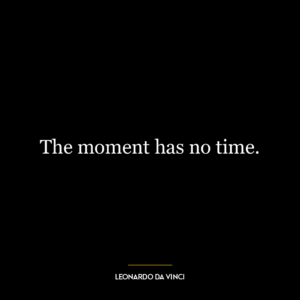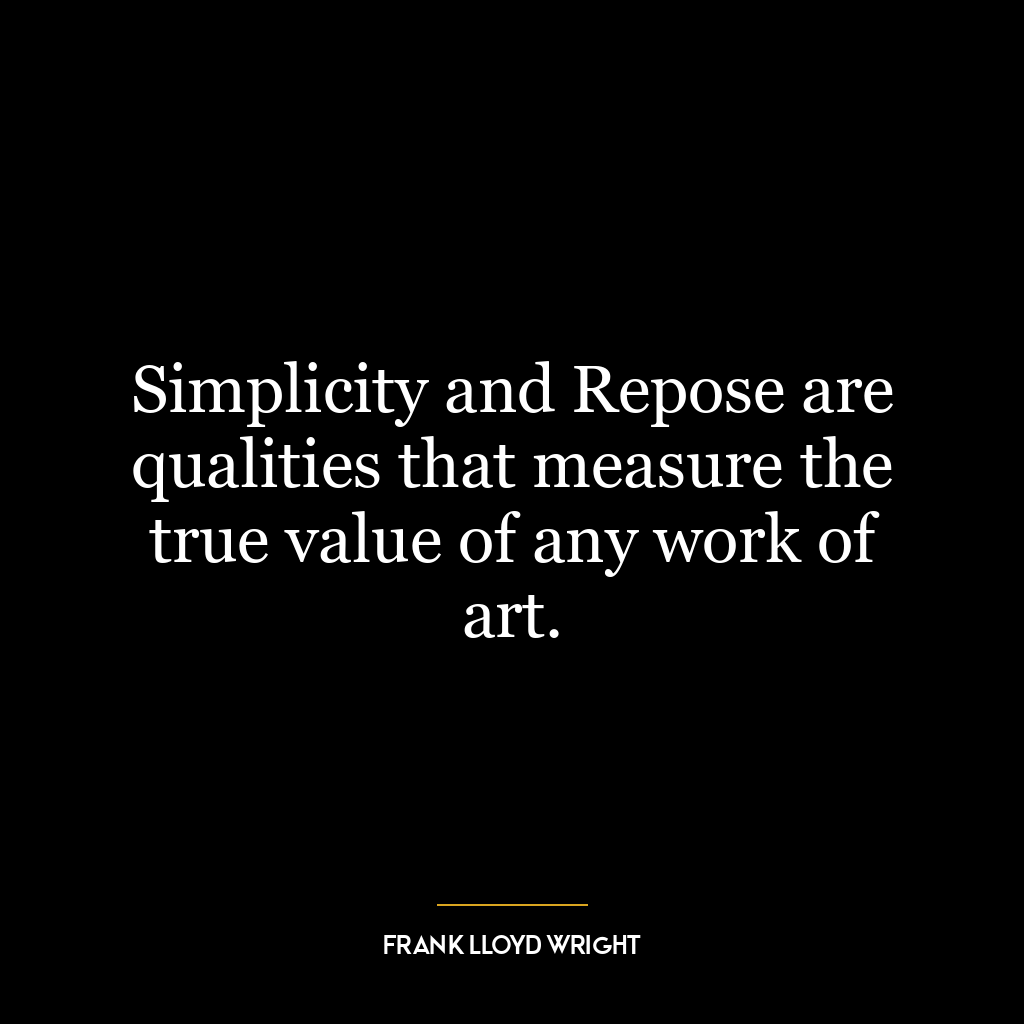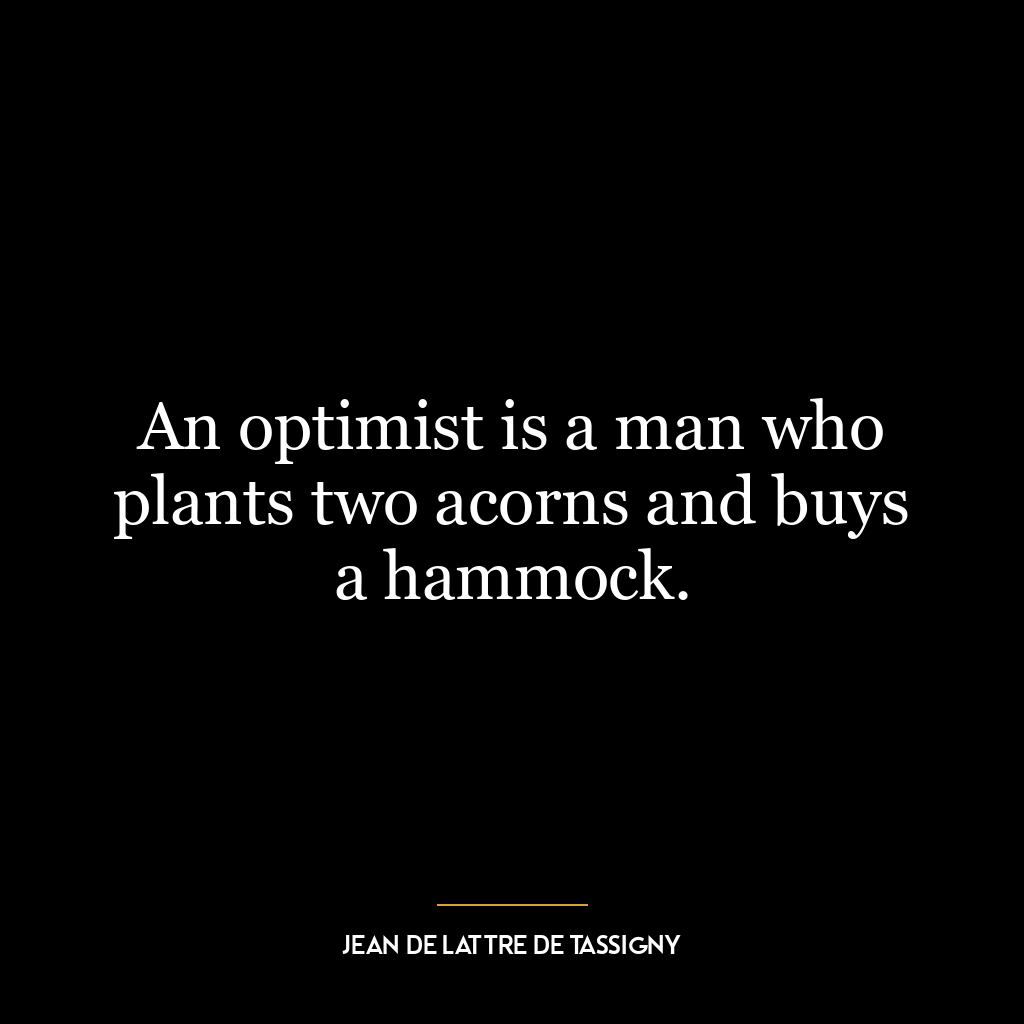This quote suggests that smaller spaces or environments can help to focus the mind and encourage productive thought, while larger ones may lead to distraction and lack of focus. The metaphor of small and large rooms can be seen as a representation of simplicity versus complexity in our daily lives.
In a small room, there’s less to distract the eye and the mind, allowing one to focus on specific tasks or thoughts. It’s a metaphor for simplicity, minimalism, and concentration. On the other hand, a larger room, filled with objects, colors, and spaces, can scatter attention and lead to a lack of focus or clarity. It symbolizes complexity, excess, and distraction.
Applying this concept to today’s world, it could be said that our minds are constantly in ‘large rooms.’ We are continually bombarded with information, distractions, and choices, which can lead to stress, decision fatigue, and a lack of focus. The solution, as suggested by the quote, might be to consciously create ‘smaller rooms’ in our lives. This could mean simplifying our environments, reducing the number of choices we have to make each day, or minimizing distractions to allow for more focused thought.
In terms of personal development, this idea could be applied to goals setting and self-improvement efforts. By narrowing down our focus and concentrating on a small number of goals at a time, we can prevent our minds from ‘going astray’ and increase our chances of success. It also suggests the power of mindfulness and being present in the moment, rather than allowing our minds to wander aimlessly.
In essence, this quote is a call for simplicity, focus, and mindfulness in a world that often encourages the opposite. It’s a reminder that sometimes, less really is more.















